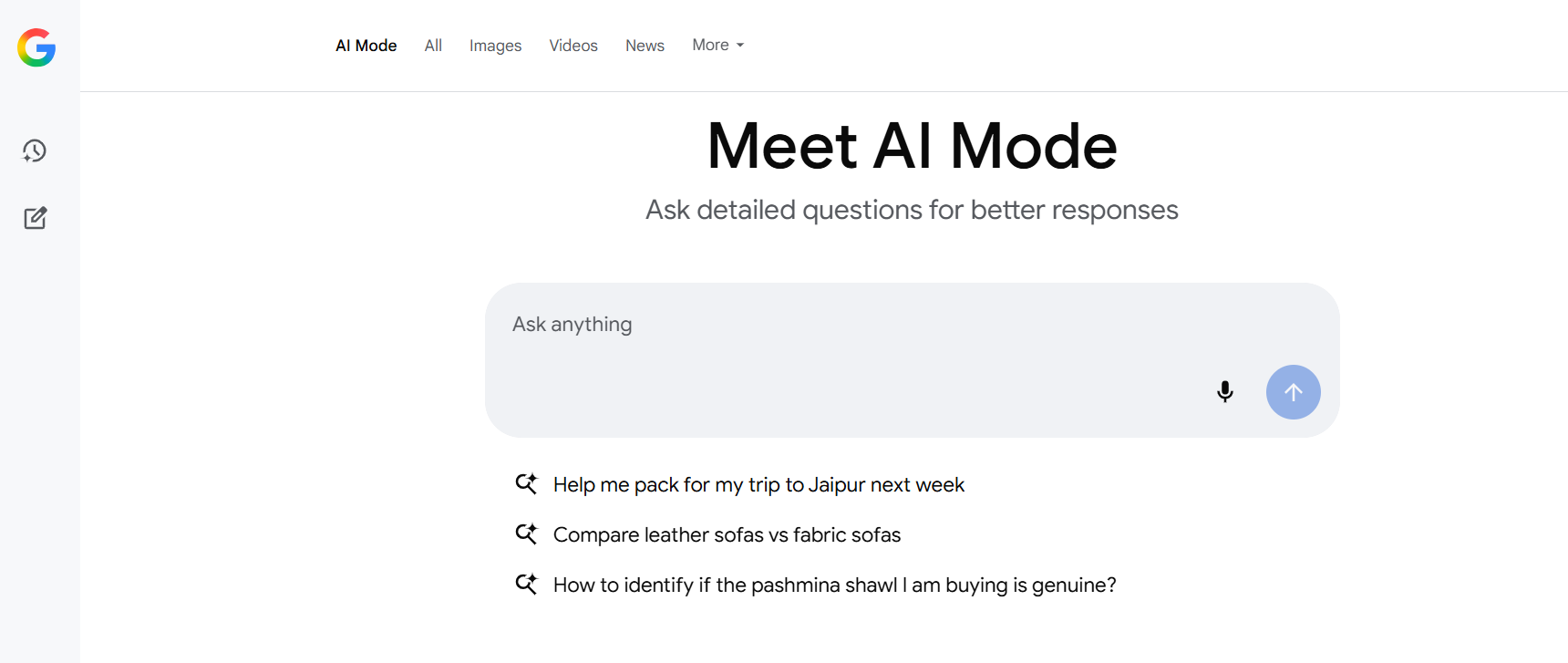The last year, 2020 has brought a new challenge for the healthcare industry across the globe. With the first phase of vaccine distributions still ongoing in a few parts of the world it is safe to say that the light can be seen at the end of the tunnel, however, we are still not completely out of the pandemic. The hangover of the pandemic has been hard-hitting on hospitals and the health care sector, and few regions around the globe are still fighting the surge in Covid-19 cases. Organizations across the globe are still plunged into uncertainty and it was hard for many industries to emerge intact.
Navigating through the fight against the virus and distributing the first round of vaccines has been a tough time for hospitals and the health care sector as a whole. Nevertheless, even though the roads ahead are difficult, leaders have been optimistic and have been coming forward with a positive attitude. They have used the lessons learnt over the past year to ensure that the frontline workers such as doctors, nurses, and other people working in the facilities of the healthcare industry feel protected, informed, and understand the guidelines and steps that are being taken to promote safety within their place of work.
Additionally to managing the unforeseen crisis the adverse effects of the pandemic can take a toll on the workers mental and physical health and productivity for the rapid and radical changes in the healthcare industry. Employees are having to confront and adapt to disrupted work cycles driven due to the pandemic and business imperatives that may range from reduction in workforces and reorganizations within the organizations. However, one cannot overlook the current situation which demands certain reorganizations in the health care sector. With this in mind, it is crucial that the health care sector leverages technology to provide a sustainable and safe workplace for employees.
Communication within the organization is key at the moment. With the unprecedented times where workplace violence is said to occur 85% more in the health care sector, setting up a reliable communication system within organizations is vital and the need of the hour. That being said, in this article, we will discuss why effective communication is important and 3 ways in which leaders can ensure that there is seamless communication among employees within the organization. Here are a few ways in which hospitals can improve employee communication:
Sharing Critical Updates and Guidelines of Protocols:
The recovery and reentry phase of this crisis has allowed leaders to strengthen and engage the overall connection they share with their employees. Recognizing and addressing the core issues and problems that they are facing and rebuilding the organization to be more inclusive. Leaders have recognized a few tools that will help them keep the community informed.
Emergency communication tools are an excellent way to keep employees in the loop and informed about the latest guidelines and updates with multimode alerts. In addition to it, emergency notifications can be vital for an organization during adverse events such as a flu outbreak and the same technology can be used for a prolonged time even after the challenges of the pandemic have ceased to exist. This is also helpful when hospital staff are kept informed about the unfolding events within their organization.
An effective communication system within the organization will ensure that communication is seamless and health care service providers can come to rescue any patient who might need help immediately. Investing in communication tools is helpful not only for employees but will also ensure better care delivery for consumers.
Opening Up A Mode of Two-Way Communication
Having channels that open up the mode of a two-way conversation amidst the pandemic has proven to be critical. It has enabled hospital faculties to understand who has been tested positive, which staff is asymptomatic or experiencing symptoms, and what means can fulfil the staff needs. Opening up two-way communication will not only help in times when there is a surge in cases but these channels of communication can also leverage in conducting wellness checks and polls to understand which staff is available for the preceding shifts to ensure that all shifts are covered. This helps in making sure that all shifts have adequate staff and ensure that there are no understaffed facilities when there is a rise in capacity levels.
While the world is still fighting against the coronavirus and the first distribution of vaccines is still ongoing. These communication modes will facilitate updates from staff who have received the vaccine and the preceding side effects that may occur. This will also ensure that the second round of vaccines is administered in a timely fashion.
Having a communication tool that enables hospital staff and doctors to drop anonymous tips which can play a huge role in their safety in trying times. Anonymous tips solution will enable staff and faculty members to place their concerns about the current situation and concerns about the pandemic.
Streamline Efforts with incident collaboration tools:
Hospitals usually have large campuses with multiple buildings that enable dozens of facilities to coexist within different jurisdictions. These complexities may have an adverse effect on effective communication. Incident collaboration tools enable facilities placed in different buildings, workers who are working remotely, and stakeholders to respond to a given situation or event at hand. These collaboration tools ensure that such events are handled seamlessly and in line with organizational standards. Having to follow strict state and local government guidelines is challenging for organizations within the health care sector to get all faculties in a room to make decisions.
These tools are vital for facilities with large health care systems in multiple locations These solutions are a record log of how the responses across facilities were handled and can be referred to when providing feedback or making changes within the organization, the incident collaboration tools are also critical for ensuring consistency and making improvements in the future.
What we are saying is…
Even though the vaccines are here and it is unlikely that soon things will get back to how it was. Health care is the backbone that has helped us manage this crisis and any fault in the system can cause the building to crush down to the grounds. Implementing technology and digital strategy within organizations is the need of the hour as seamless communication within the healthcare organization is critical at the moment. With the help of these communication tools, the health care system will be able to effectively communicate and receive feedback and they are better equipped to handle situations in these unprecedented times.
If you are looking for a way to implement effective communication within your healthcare organization SoftGrid Computers is your one-stop destination for all your technical needs and support. We will ensure to create software that is tailored made to suit your demands and our technical wizards will provide you with 24×7 technical support.

 Web and Full Stack
Web and Full Stack CMS and Frameworks
CMS and Frameworks Online Marketing
Online Marketing Cloud Services
Cloud Services ECommerce
ECommerce Mobile
Mobile



